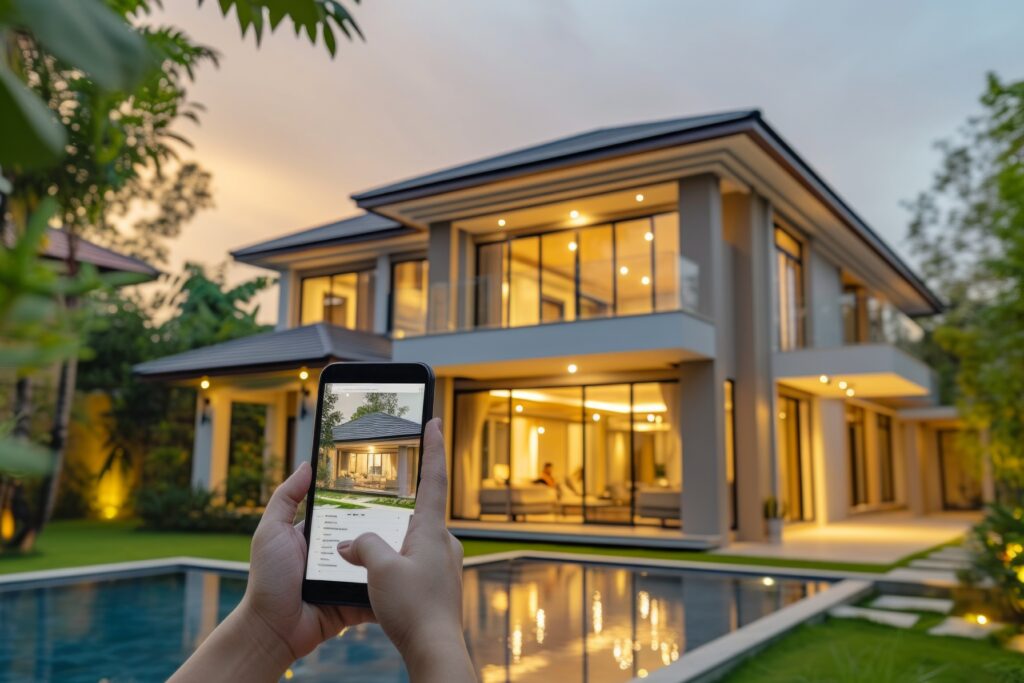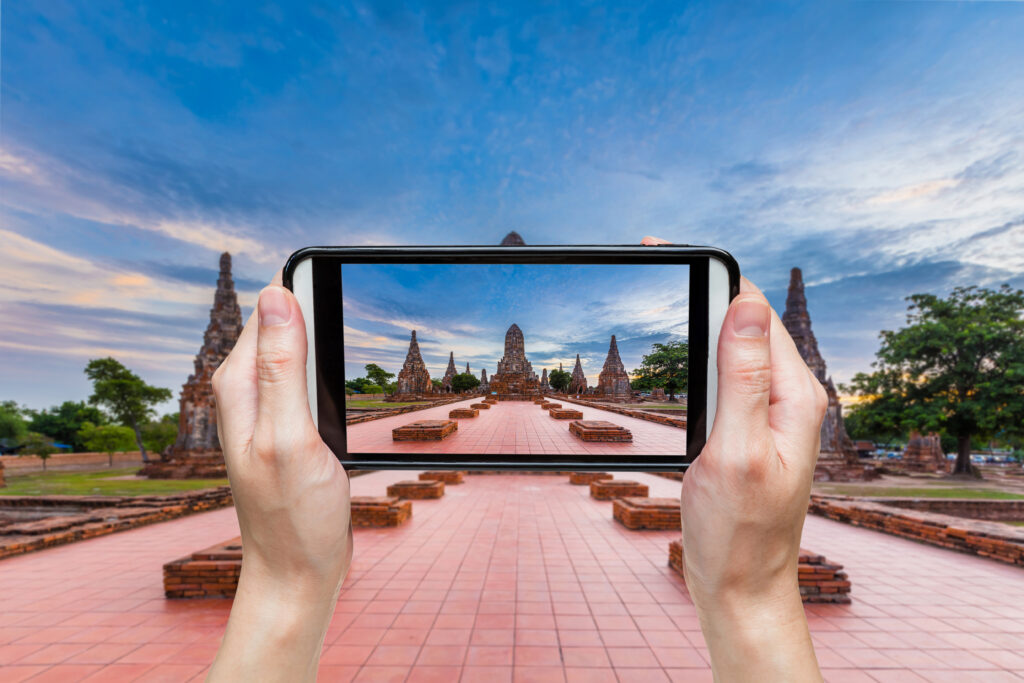How to Leverage Virtual Tours in Real Estate Digital Marketing
Harnessing the Potential of Virtual Tours in Real Estate
The real estate industry is evolving rapidly, and digital marketing strategies are becoming more essential than ever. One of the most effective tools that modern real estate businesses are utilizing is virtual tours. These immersive experiences allow potential buyers to explore properties remotely, providing convenience and a deeper connection with the property. By leveraging virtual tours, real estate professionals can attract more qualified leads, enhance engagement, and increase conversions.

Why Virtual Tours are Essential in Real Estate Marketing
Virtual tours have transformed the way properties are showcased online. Unlike traditional images or video walkthroughs, virtual tours offer an interactive and engaging experience. With high-resolution imagery and 360-degree views, buyers can explore every corner of a home at their own pace. This enhances their decision-making process and helps them feel more confident in their choices before even stepping foot on the property.Additionally, virtual tours reduce the need for multiple physical visits, saving time for both realtors and buyers. This is particularly beneficial for out-of-town buyers who may not have the opportunity to visit in person. By offering a virtual experience, real estate agents can appeal to a broader audience and increase the chances of closing deals faster.
Enhancing Online Visibility with Virtual Tours
One of the primary benefits of virtual tours in real estate digital marketing is the boost they provide to search engine optimization (SEO). Search engines prioritize engaging and interactive content, making virtual tours an excellent addition to property listings. By incorporating virtual tours into a real estate website, businesses can increase their ranking on search engine results pages (SERPs) and attract more organic traffic.To optimize virtual tours for SEO, real estate marketers should ensure that they include relevant keywords, such as “3D home tours,” “virtual house viewing,” and “interactive real estate experience.” Additionally, embedding virtual tours into property listings, blog posts, and social media pages can enhance visibility and improve user engagement.

Engaging Potential Buyers with Interactive Content
Virtual tours create a highly interactive experience that keeps potential buyers engaged. Unlike static images, they provide a realistic sense of space, layout, and design. When buyers can navigate a property virtually, they develop a stronger emotional connection, which can increase the likelihood of an inquiry or purchase.Moreover, incorporating features such as voice-over descriptions, clickable hotspots, and guided tours can make the virtual experience even more informative. Thes elements help highlight key features of the property and answer common buyer questions without requiring immediate realtor intervention.
Integrating Virtual Tours into Social Media Marketing
Social media platforms are powerful tools for real estate marketing, and virtual tours can significantly enhance their impact. Sharing virtual tours on platforms like Facebook, Instagram, and LinkedIn increases engagement and encourages potential buyers to interact with the content.Real estate agents can use Instagram Stories, Facebook Live, and YouTube videos to showcase virtual tours in creative ways. By adding compelling captions and relevant hashtags such as #VirtualRealEstate, #3DHomeTour, and #DreamHome, businesses can attract more viewers and potential clients. Additionally, running targeted ads featuring virtual tours can help reach a specific audience, maximizing lead generation efforts.
Boosting Lead Conversion with Virtual Tours
Virtual tours serve as a powerful lead conversion tool in real estate digital marketing. When potential buyers spend more time engaging with a property listing, they are more likely to take action. A well-executed virtual tour can increase inquiries, encourage bookings for in-person viewings, and ultimately lead to faster sales.To maximize conversion rates, real estate agents should incorporate clear call-to-action (CTA) buttons within virtual tours. Options such as “Schedule a Viewing,” “Request More Information,” or “Contact a Realtor” encourage immediate engagement and make it easier for buyers to take the next step.
Utilizing Virtual Tours for Luxury Real Estate Marketing
Luxury real estate marketing benefits immensely from virtual tours. High-end buyers often expect a premium browsing experience, and immersive 3D tours provide just that. By showcasing properties with high-quality visuals, drone footage, and virtual staging, luxury real estate agents can attract affluent buyers who prefer a seamless digital experience.For high-end properties, virtual reality (VR) technology can further elevate the experience. Offering virtual reality property tours to international or out-of-state buyers ensures that they get a realistic feel of the home before making a purchasing decision.
Future of Virtual Tours in Real Estate
The demand for virtual tours in real estate is only expected to grow. As technology continues to advance, features like augmented reality (AR), AI-powered virtual staging, and personalized interactive tours will become more prevalent. Real estate professionals who invest in virtual tour technology now will be ahead of the curve, staying competitive in an ever-evolving market.By integrating virtual tours into real estate digital marketing strategies, agents and brokers can provide potential buyers with a comprehensive and engaging property viewing experience. This approach not only enhances user engagement but also improves lead conversion rates, ultimately driving success in the real estate industry.